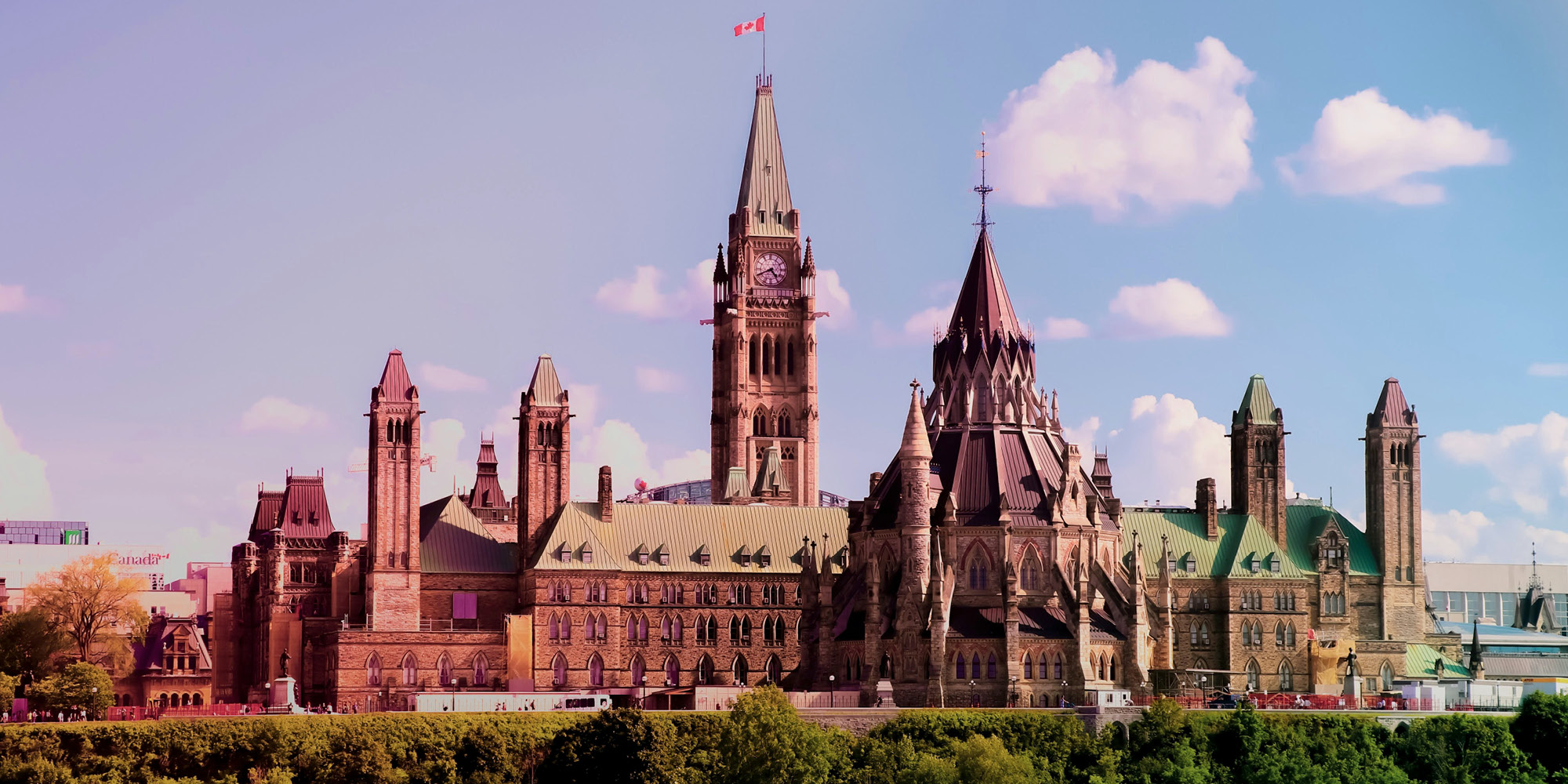By Heather Scoffield
Mark Carney promised us the world in the lead-up to his first budget as prime minister – a generational, Canada-first plan that would set us all up for a prosperous future.
What he delivered was HIS world.
Thanks for reading! Subscribe for free to receive new posts and support my work.
Investment—driven by the government, and then partly paid for by the private sector if things go according to plan—is at the centre of the November 4 document that boasts it will inject $1 trillion into the economy to bolster growth and productivity over the next five years.
Half of that is paid for by government: there’s $500 billion in government money for infrastructure, defence, home building and other business initiatives, earmarked with the sole purpose of driving an equal amount of investment from the private sector.
By the numbers:
- Expected tax revenue in fiscal year 2025-26: $426.2 billion
- Expected tax revenue by fiscal year 2029-30: $479.8 billion
- Total tax revenue as a percentage of GDP in 2025-26: 13.4%
- Total tax revenue as a percentage of GDP in 2029-30: 13%

Clearly, Carney is not afraid to use the country’s balance sheet to meet the goal.
What’s surprising, perhaps, is his timid use of tax as a tool in this effort—even though taxation is usually one of the first things finance ministers turn to when they’re trying to prod the economy into action. Most of the investment incentives come in the form of capital spending.
They didn’t do nothing on the tax front. Here are some of the main, new tax measures meant to drive growth, productivity and investment in a hurry:
- The tax star of the day is the “productivity super-deduction,” which will allow businesses to write off a broader scope of capital costs more quickly, and is meant to address the competitiveness gap between Canada and the United States. It means about $1.5 billion in foregone revenue over the next five years, and is expected to make a difference to the manufacturing sector and liquified natural gas in particular.
It’s targeted, it doesn’t break the bank and it ensures Canada’s investment terrain remains competitive with the United States.
- Research and development gets a boost too, by expanding access to the Scientific Research and Experimental Development tax incentive, worth almost $300 million over five years.
- For climate, the budget foresees entrenching investment tax credits and extending the timespan for the carbon capture and storage credit to 2035.
- Critical minerals get a tax-related boost through a new provision allowing for flow-through shares which allow shareholders to claim exploration credits that would normally go to corporations.
For regular people and consumers, the budget is mostly a story of removing rather than adding new measures.
- The luxury tax on fancy boats and aircraft, imposed by the previous incarnation of Liberals to target the rich, has been cancelled in the name of helping the aviation and boating industries. The feds will forego $135 million over five years for this.
- The underused housing tax, initially meant to discourage foreigners from buying Canadian houses and driving up prices, has been cancelled in the name of efficiency. The cost is $150 million over five years.
- The budget adds some details around how it plans to remove the burden of filing taxes for those with low income and simple tax situations. The government’s auto-filing plan was announced last month, and the budget explains how it will work. If a low-income person hasn’t filed taxes in the last three years, the Canada Revenue Agency will do it for them based on the information it has. There’s an opt-out provision and an appeal process, and it starts this taxation year – pending changes to legislation.
All in all, the government initiatives are meant to re-orient the Canadian economy to better deal with an unpredictable United States by lighting a productivity fire underneath Canadian companies and encouraging them to expand their focus to global markets.
And we hope those efforts are successful.
But in the meantime, it’s worth paying attention to the chart and table on page 7 of the Impacts Report stuffed at the back of the main budget document. Poverty, the numbers show, is slowly on the rise, especially among single people, lone-parent families and racialized populations.
“These groups often face systemic barriers to financial security, making them more vulnerable to financial instability, food insecurity, and lack of adequate affordable housing,” the report states.
An economic plan that is meant to boldly steer Canada in a different direction can’t do so if it forgets about that 10 per cent of the population.
Related reading
Baseball metaphors aside, this budget will be game-changing
By this time next week, the World Series will be behind us and pundits across the land will be liberated from using tortured and gratuitous baseball metaphors to explain and enlighten every element of their thinking.
October 31, 2025
Yes, Canada needs investment. No, slashing corporate tax rates is not the answer
Those of us who make a habit of sifting through government speeches and documents in search of clues for the upcoming federal budget can safely assume: this year, it’s all about investment.
October 24, 2025
Bricks and mortar build out the federal balance sheet
The federal government rolled out a new approach to budgeting this week, and the subtext is obvious: bricks and mortar are the foundation of Prime Minister Mark Carney’s fiscal policy design.
October 9, 2025
Get in Touch
Have feedback on the work we are doing? Interested in collaborating? We want to hear from you.
Stay Connected
<Mailchimp Subscribe form here>


